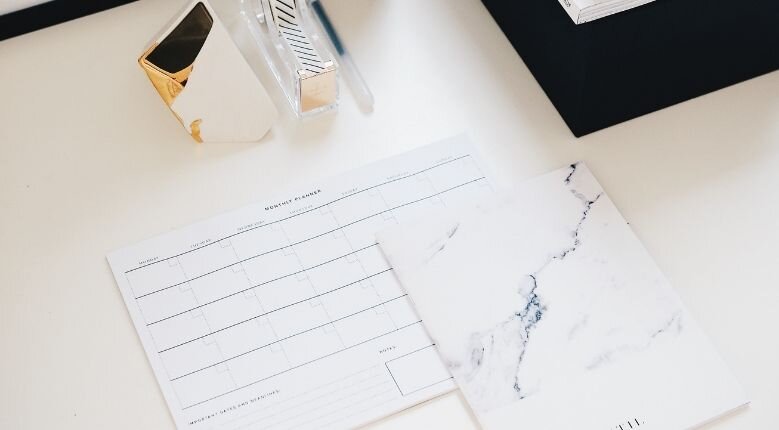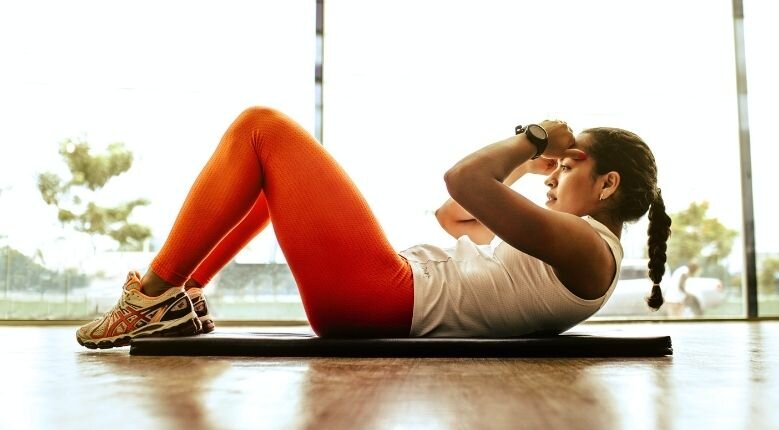As we enter a new quarter in the year, we can’t help but ask: how’s your fitness goals going? Whether or not they’ve been successful (though we’re sincerely staying optimistic here), one way to keep track of your progress is through a fitness diary. It’s exactly what it sounds like: documentation of everything that has to do with your fitness journey — we’re talking about exercise schedules, food intake, progress, and more. But how does it work?
Fitness diary essentials
It all starts with choosing the medium that’s perfect for you. It’s easy to take notes on your phone or use fitness tracking apps as your fitness diary and they’ve been proven effective. However, if you’re someone who tends to overlook your routine, keeping a traditional journal may be the answer. Studies suggest that traditional journaling helps in improving our cognitive abilities, making it a great tool when you want to laser-focus on tasks that are hard to keep up with.
Choosing a conveniently sized journal is also important. The Belle De Jour 2021 Petite Planner (PHP350/~USD8) has a monthly and weekly spread for easier note-taking. It also comes with a PVC pouch on the sleeve for keeping small cards and receipts to keep the clutter off your gym bag. There’s also the Bynd Artisan Jotter Enviro planner (SGD30/~USD23), which has eco-friendly pages made from recycled food pulp and allows for more creative freedom. If you want something ready-made and just waiting to be filled, Kinokuniya Malaysia has a 12-month two-in-one fitness and food diary (MYR32.13/~USD8). Each page is already equipped with the basics to keep you on track with your fitness routine and food intake so you don't have to start from scratch.
The pen you use matters as well because you wouldn’t want it staining your gym clothes. Go for a click-type pen instead of a capped ballpoint one to avoid accidental scribbles on your clothes.
Now that we’ve addressed that, here’s how to get started.
Start with your goals

Develop a game plan before getting into the game. (Photo from: socialcut via Unsplash)
Don’t just set goals uninformed. If you can, do your research or consult with a trainer or your doctor to set goals fit for your lifestyle and current health state. Exercising isn’t a one-size-fits-all activity, after all.
What are you planning to accomplish? Do you want to focus more on cardio? Muscle building? Weight training? Pinpointing actual goals and choosing your priority will make your fitness journey a lot easier to navigate. Having these goals on the first page of your fitness journal serves as a reminder of what you want to achieve.
Make them as specific as possible. Instead of putting ‘I want to have abs’ or ‘I want to lose weight’, put a realistic amount of calories you aim to burn or a specific timeframe you want to see visible progress.
Create a schedule

Don’t dilly-dally on the details. Set plans and try to stick to them. (Photo from: STIL via Unsplash)
Setting a specific timeframe for your fitness activities allows for easier self-tracking. It allows you to see which goals take up most of your time versus the ones you usually set aside. This gives you the opportunity to adjust accordingly. Next, schedule when to fill in your fitness diary. Know which details are imperative to take note of right after you’ve done the activity (a.k.a. the number of reps or cycles you’ve done for the day, time per each workout, total hours spent on the gym, etc.) and which tasks you can update on a more erratic basis (cheat days, unplanned jogs, and the like).
Analyse your current workout routine

Is your current routine working for you? (Photo from: Jonathan Borba via Unsplash)
Sit down and re-evaluate your current routine. Are you doing certain activities that are not aligned with your goals? Are you spending too much or too little time on specific workouts and not seeing the results you want? Be as precise as you can when writing down the details.
Once you’re done, it’s time to make the changes happen. Following your schedule, keep track of whether or not your revamped routine works for you. Take note of what you’re currently doing in detail.
After a set amount of time (bi-weekly, for example), take time to sit down and read through your notes. Compare them with your previous routine and take note of which changes worked and didn’t. If your new routine works, congratulations! If not, write down your reflections and re-evaluate again based on what you’ve written.
Your diet counts too

Your diet should also be a part of your fitness tracking. (Photo from: Brooke Lark via Unsplash)
Your fitness diary isn’t just for your workout routine. It’s also a good way to start tracking your diet. You might be eating too many greens or protein that you’re not getting enough carbs as fuel during muscle training. Instead of focusing too much on calories, your routine should complement your workout. Consult a dietician if you can to make sure you’re not blindly following diet fads.
Don’t forget your holistic wellness

Physical health is nothing without emotional and mental health and vice versa. (Photo from: Timothy L. Brock via Unsplash)
Being fit also covers your emotional and mental state. Have a section in your fitness diary dedicated to tracking your mood, your emotional state, and your daily reflections especially on days you’re feeling unmotivated to move. While everything else in your fitness diary is more detailed and precise, make this section more free-flowing. It bridges your mental and emotional state with your physical progress.
Keeping a fitness diary isn’t meant to restrict you to follow just one routine for the rest of your life or police you on days you miss a workout session. Use it as a guide to see your goals so you can plan things better and act on them. If it feels restrictive and limiting, it’s not the diary that’s the problem, it’s the routine. Re-evaluate your actions, consult a professional when needed, and use your diary as your compass. You are, ultimately, the author after all.
(Cover photo from: Carl Barcelo via Unsplash)
Comments, questions or feedback? Email us at [email protected].








